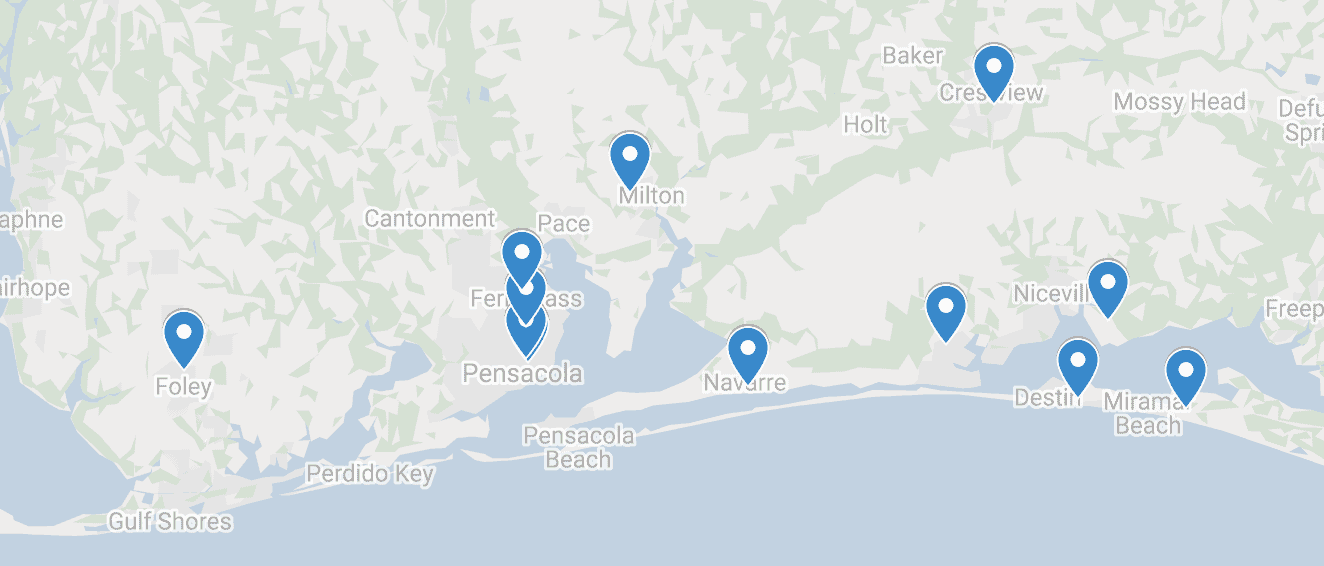Abdominal Aortic Aneurysm
Learn more about abdominal aortic aneurysm (AAA), including risks, symptoms, diagnosis, treatment, prevention, and safety.
An aortic aneurysm is a weak area in the aorta, the main blood vessel that carries blood from the heart to the rest of the body. As blood flows through the aorta, the weak area bulges like a balloon and can burst if the balloon gets too big.

Abdominal Aortic Aneurysm Prevalence
What is an Abdominal Aortic Aneurysm?
In the past 30 years, the occurrence of abdominal aortic aneurysms (AAA) has increased threefold. AAA is caused by a weakened area in the main vessel that supplies blood from the heart to the rest of the body. When blood flows through the aorta, the pressure of the blood beats against the weakened wall, which then bulges like a balloon. If the balloon grows large enough, there is a danger that it will burst. Most commonly, aortic aneurysms occur in the portion of the vessel below the renal artery origins. The aneurysm may extend into the vessels supplying the hips and pelvis.
Once an aneurysm reaches 5 centimeters in diameter, it is usually considered necessary to treat to prevent rupture. Below 5 centimeters, the risk of the aneurysm rupturing is lower than the risk of conventional surgery in patients with normal surgical risks. The goal of therapy for aneurysms is to prevent them from rupturing. Once an abdominal aortic aneurysm has ruptured, the chances of survival are low, with 80 to 90 percent of all ruptured aneurysms resulting in death. These deaths can be avoided if an aneurysm is detected and treated before it ruptures.
Abdominal Aortic Aneurysm Diagnosis
In some, but not all cases, AAA can be diagnosed by a physical examination in which the doctor feels the aneurysm as a soft mass in the abdomen (about the level of a belly button) that pulses with each heartbeat.
The most common test to diagnose AAA is ultrasound, a painless examination in which a device (a transducer) about the size of a computer mouse is passed over the abdomen. Sound waves are computerized to create “pictures” of the aorta and detect the presence of AAA. Other methods for determining the aneurysms’ size are CT scan (computerized tomography), MRI (magnetic resonance imaging), and arteriogram (real time X-rays).

Abdominal Aortic Aneurysm Treatments
Efficacy and Patient Safety
Interventional repair is an effective treatment that can be performed safely, resulting in lower morbidity and lower mortality rates than those reported for open surgical repair. Patients are often discharged the day after interventional repair, and typically do not require intensive care stay post-op. Once discharged, most return to normal activity within two weeks compared to six to eight weeks after surgical repair.
Disadvantages of Interventional Repair:
- Possible movement of the graft after treatment, with blood flow into the aneurysm and resumption of risk of growth/rupture of the aneurysm
- Probable life-time requirement for follow-up studies to be sure the stent graft is continuing to function
Benefits of Interventional Repair:
- No abdominal surgical incision
- No sutures or sutures only at the groins
- Faster recovery, shorter time in the hospital
- No general anesthesia in some cases
- Less pain
- Reduced complications
Information posted on this Web site by SIR or Coastal Vascular & Interventional, PLLC should not be considered medical advice and is not intended to replace consultation or discussion with an interventional radiologist or vascular surgeon. It is very important that individuals with specific medical problems or questions consult with their doctor or other health care professional.
“Reprinted with permission of the Society of Interventional Radiology 2004, 2011, www.SIRweb.org. All rights reserved.”


